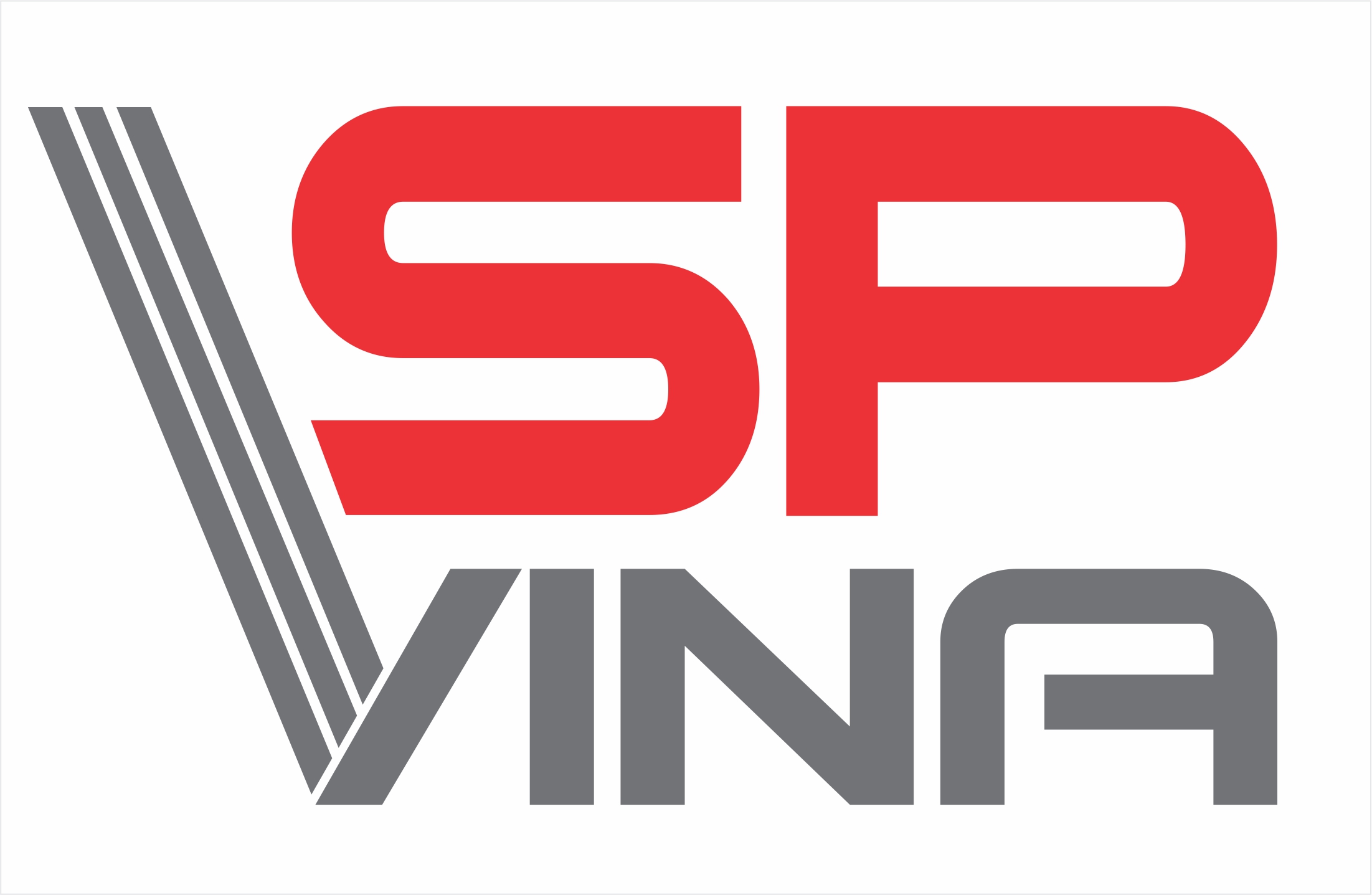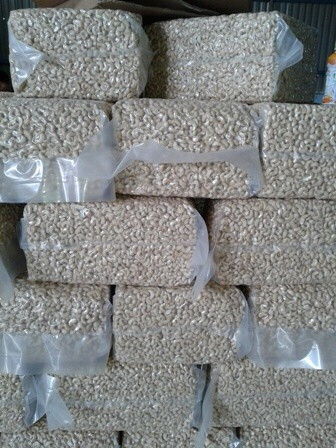This was a common remark by Vietnamese cashew exporters and economic experts at the Consultation Conference on Cashew Nut Exporters in the EU Market. This event was held by the European Trade Policy and Investment Support Project (EU-MUTRAP) in collaboration with the Vietnam Cashew Association (VINACAS) in Ho Chi Minh City.
According to VINACAS report, in 2016, Vietnam’s cashew exporters shipped 350,000 tonnes of cashew nuts worth over US$3 billion to foreign countries, including US$2.85 billion from kernels and the rest from cashew by-products. VINACAS Chairman Nguyen Duc Thanh said that this is the 11th year in a row that Vietnam’s cashew nut industry is the world’s leading cashew nut exporter, with over 50 per cent of the market share (global export value is about US$5.5 billion).
The European Union (EU) is the second largest trade partner of Vietnam, he said. In 2016, Vietnam exported 94,100 tonnes of cashew nuts worth US$765.56 million to this market, or 26.9 percent of its export share. In 2017, the country expected to export 360,000 tonnes of cashew nuts valued US$3 billion, up 2.8 per cent in volume and 5 per cent in value over 2016). Shipments to the EU are expected to reach US$1 billion, or 31 per cent of the total export value in the year. “If the target in 2017 is achieved, Vietnam will be the largest cashew nut exporter in the world for 12 straight years and earn US$1 billion a year in the EU for the first time,” Thanh said.
However, Mr Pham Minh Tri, a representative from the Centre for Agricultural Policy (CAP) under the Institute of Policy and Strategy for Agriculture and Rural Development (IPSARD), said, the EU is a potential but demanding market for Vietnamese cashew nuts. To enter this market, cashew nuts must meet requirements of quality standard, food safety, origin and traceability. Meanwhile, only 22 out of 330 cashew nut exporters in Vietnam meet ISO and HACCP standards. He recommended that Vietnamese companies should focus on enhancing competitiveness, constantly improving product quality, building distribution chains and brand names, and investing in input development to meet EU requirements. “Currently, Vietnam’s cashew nut input supply meets only 37 per cent of processing demand, while over 60 per cent is imported from non-EU nations like Ivory Coast, Nigeria and Ghana. This may lead Vietnamese companies to a failure in proving traceability when exporting to this demanding market,” he added.
Mr Cao Thuc Uy, Director of Cao Phat Co., Ltd, said that the EU is a tough market with many strict criteria and quality is always a top priority. But, this is a potential and must-have market for the Vietnamese cashew industry. For that reason, in order to successfully penetrate the EU market, Vietnamese companies must strictly comply with food hygiene and safety regulations, and abide by their signed contracts. “While US customers may accept and overlook some errors from contract provisions, EU customers, in contrast, do not accept any mistake, even the smallest,” he emphasised.
Sharing the same opinion with Uy, Deputy Director Bach Khanh Nhut of Vinacontrol in HCM City said, some shipments exported to the EU market have been found with living parasites or pesticide residues, and this seriously hurt Vietnamese exporters and their importing customers. Thus, he recommended that cashew nut exporters must pay close attention to improving their technologies and equipment to turn out high-quality, safe products for consumers and meet the requirements of EU importers.
The Vietnam-EU Free Trade Agreement (EVFTA), signed on December 2, 2015 in Brussels, will officially come into force in 2018. At that time, Vietnamese agricultural, forest and aquatic products exported to the EU will be greatly affected. Understanding EVFTA commitments will help businesses make full use of tariff preferences and gradually improve their product quality, food hygiene and safety towards sustainable and environment-friendly development.

